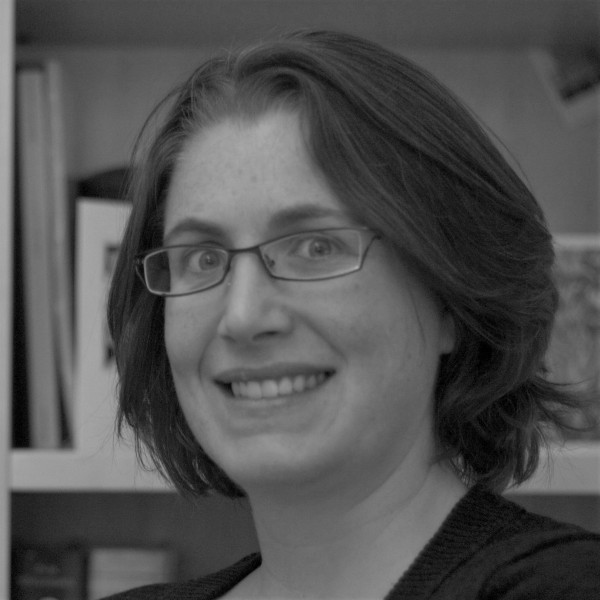Margaret Gardel is the Edward L. Ryerson Distinguished Service Professor in the Departments of Physics and Molecular Genetics and Cell Biology, the Pritzker School of Molecular Engineering and the College. She joined the Department of Physics at the University of Chicago in 2007 after earning her ScB in physics and mathematics from Brown University in 1998, PhD from Harvard University in 2004, and completing postdoctoral research as a Pappalardo Fellow at MIT and at Scripps Research Institute from 2004-2007.
Her awards include a Packard Fellowship, Sloan Fellowship, and the NIH Pioneer Award. In 2013 she was named a Fellow of the American Physical Society. In 2019 she became a professsor at the Pritzker School of Molecular Engineering.
Gardel Lab is interested in how collections of biological molecules build soft materials that enable cell and tissue-scale physiological process of adhesion, migration and shape change. They approach these questions both through "top down" engineering and biophysical approaches to study the mechanics of epithelial cells and through "bottom up" reconstitution of these force-activated materials in synthetic constructs.
